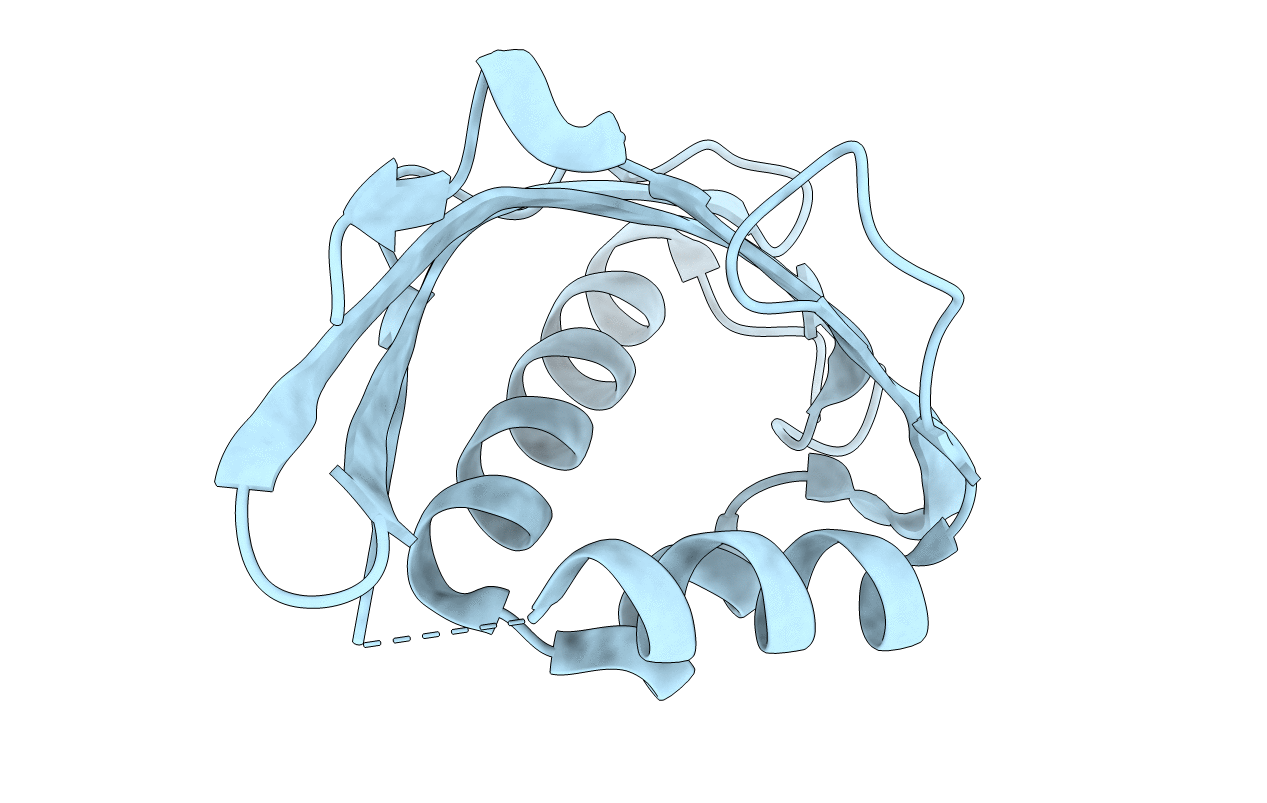
Deposition Date
2013-04-05
Release Date
2013-07-31
Last Version Date
2023-11-08
Entry Detail
PDB ID:
4K1V
Keywords:
Title:
Crystal structure of delta5-3-ketosteroid isomerase containing Y16F and Y57F mutations
Biological Source:
Source Organism:
Pseudomonas putida (Taxon ID: 303)
Host Organism:
Method Details:
Experimental Method:
Resolution:
1.80 Å
R-Value Free:
0.20
R-Value Work:
0.20
Space Group:
C 2 2 21


